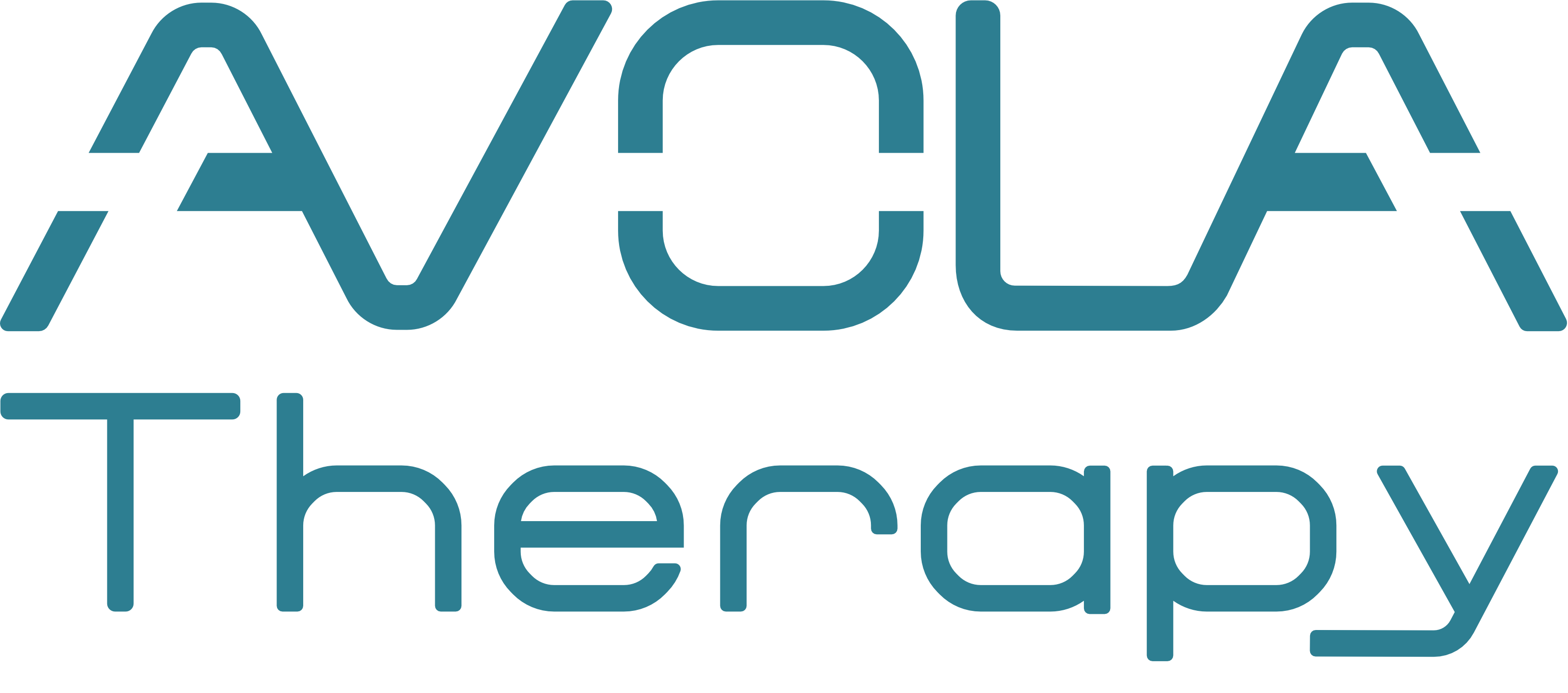Reclaiming Life After Stroke: The Role of Occupational Therapy in Stroke Rehabilitation
A stroke can be a life-altering event, affecting everything from mobility and memory to the simple act of brushing your teeth. But recovery doesn’t end in the hospital—true healing happens day by day, with the right support. That’s where Occupational Therapy (OT) steps in. For stroke survivors, OT plays a critical role in regaining independence, restoring function, and rebuilding confidence.
What Happens After a Stroke?
Strokes interrupt the brain’s blood flow, causing damage to areas that control movement, language, coordination, or vision. Depending on the severity and location of the stroke, individuals may experience:
- Muscle weakness or paralysis (often on one side)
- Difficulty with coordination and balance
- Impaired thinking, memory, or attention
- Visual-perceptual difficulties
- Challenges with everyday tasks like dressing, bathing, and eating
These effects vary widely, but most stroke survivors require focused rehabilitation to return to meaningful daily life.
How Occupational Therapy Helps
Occupational Therapists specialize in helping people perform everyday tasks—activities that give life purpose and structure. In stroke rehabilitation, OTs tailor interventions to each survivor’s unique challenges and goals. The aim isn’t just recovery—it’s adaptation, empowerment, and participation.
Key areas of OT intervention include:
- Activities of Daily Living (ADLs): Therapists help patients relearn tasks like grooming, dressing, toileting, and cooking, using task repetition, assistive techniques, or adaptive equipment.
- Motor Function and Coordination: OTs design exercises to improve fine motor skills and upper limb function, often incorporating functional activities like writing or folding laundry.
- Cognitive Rehabilitation: Therapists address memory, attention, problem-solving, and executive function with real-life strategies and task-based training.
- Visual and Perceptual Training: Stroke can disrupt how the brain processes what the eyes see. OTs use scanning exercises, contrast enhancement, and compensatory strategies to address neglect or visual field loss.
- Home and Community Reintegration: OTs assess home safety and recommend modifications like grab bars, ramps, or rearranged layouts. They also help patients prepare to return to work or community life.
- Caregiver Training: Education and training for family members ensures a supportive, consistent environment that fosters recovery.
Benefits of OT in Stroke Rehab
- Promotes independence in daily living
- Restores confidence and emotional well-being
- Reduces risk of falls and hospital readmissions
- Improves long-term function and quality of life
- Personalized care with meaningful goals
Stroke Recovery Is a Journey
Recovery from stroke doesn’t follow a straight path—but it is a journey worth taking. With occupational therapy, stroke survivors don’t just heal—they rebuild their lives. Whether relearning how to hold a spoon, get dressed with one hand, or navigate a grocery store, OT makes the “impossible” possible again. One task at a time. One victory at a time.

